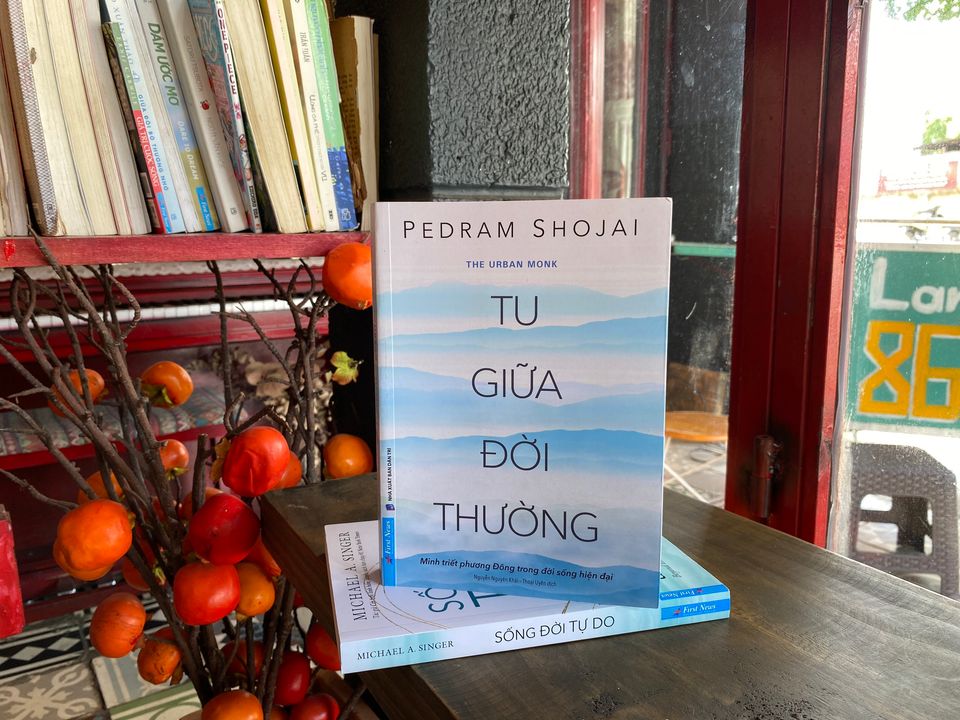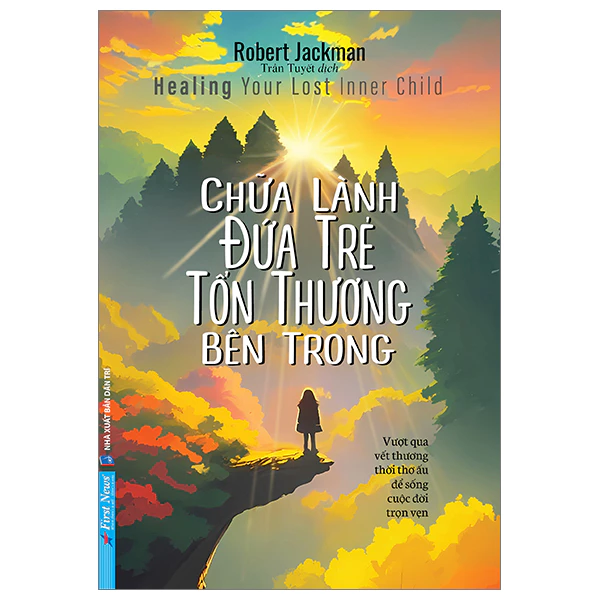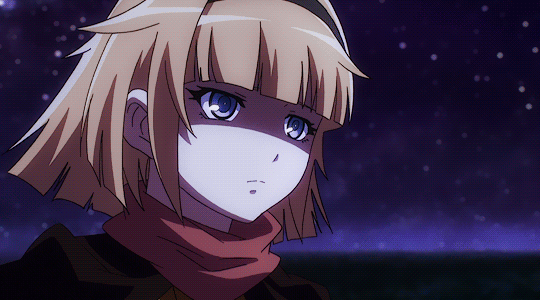Chiến tranh Ấn Độ – Pakistan năm 1971
Chiến tranh Ấn Độ-Pakistan năm 1971 là cuộc đối đầu quân sự giữa Ấn Độ và Pakistan xảy ra trong cuộc chiến tranh giải phóng ở Đông Pakistan từ ngày 3 tháng 12 năm 1971 đến khi Dacca (Dhaka) thất thủ vào ngày 16 tháng 12 năm 1971. Cuộc chiến bắt đầu với các cuộc không kích phủ đầu vào 11 trạm không quân của Ấn Độ, dẫn đến sự bắt đầu của các hành động thù địch với Pakistan và Ấn Độ tham gia vào cuộc chiến giành độc lập ở Đông Pakistan theo phe của các lực lượng dân tộc chủ nghĩa Bengali. Với thời gian chỉ kéo dài 13 ngày, đây là một trong những cuộc chiến ngắn nhất trong lịch sử.[1]
Trong chiến tranh, lực lượng quân phiệt Ấn Độ và Pakistan đồng loạt đụng độ trên các mặt trận phía đông và phía tây; Chiến tranh kết thúc sau khi Bộ Tư lệnh phía Đông của quân đội Pakistan ký Văn bản đầu hàng [2][3] vào ngày 16 tháng 12 năm 1971 tại Dhaka, đánh dấu sự hình thành Đông Pakistan với tư cách là quốc gia mới tên là Bangladesh. Về mặt chính thức, Đông Pakistan trước đó đã kêu gọi ly khai khỏi sự thống nhất của Pakistan vào ngày 26 tháng 3 năm 1971. Khoảng 90.000 [4] đến 93.000 quân nhân Pakistan đã bị Quân đội Ấn Độ bắt làm tù binh, trong đó có 79.676 đến 81.000 quân nhân mặc đồng phục của Lực lượng vũ trang Pakistan, bao gồm một số binh sĩ Bengali vẫn trung thành với Pakistan.[5][6] 10.324 đến 12.500 tù nhân còn lại là dân thường, hoặc là thành viên gia đình của quân nhân hoặc cộng tác viên (razakars).[7][8][9]
Theo ước tính, các thành viên của quân đội Pakistan và lực lượng dân quân ủng hộ Hồi giáo đã giết hại từ 300.000 đến 3.000.000 dân thường ở Bangladesh.[10][11][12][13][14] Kết quả của cuộc xung đột, thêm tám đến mười triệu người đã rời khỏi đất nước để tìm nơi ẩn náu ở Ấn Độ.[15]
Trong cuộc chiến giành độc lập ở Bangladesh năm 1971, các thành viên của quân đội Pakistan và lực lượng dân quân ủng hộ Hồi giáo được gọi là Razakars đã cưỡng hiếp 200.000 đến 400.000 phụ nữ và trẻ em gái Bangladesh trong một chiến dịch hãm hiếp diệt chủng có hệ thống.[16][17][18]
Tham khảo
[sửa | sửa mã nguồn]- ^ “World's shortest war lasted for only 45 minutes”. Pravda. ngày 10 tháng 3 năm 2007.
- ^ Azhar, M. u. R., Masood, S., & Malek, N. M. (2018). Conflict and Development: A case study of East Pakistan Crisis, 1971. International Journal of Research and Innovation in Social Science, 2(9).
- ^ “1971 War: 'I will give you 30 minutes'”. Sify.com. Bản gốc lưu trữ ngày 6 tháng 12 năm 2010. Truy cập ngày 14 tháng 4 năm 2011.
- ^ Orton, Anna (2010). India's Borderland Disputes: China, Pakistan, Bangladesh, and Nepal. Epitome Books. tr. 117. ISBN 9789380297156. Truy cập ngày 10 tháng 3 năm 2016.
- ^ Burke, S. M (1974). Mainsprings of Indian and Pakistani Foreign Policies – S. M. Burke. ISBN 9780816607204. Truy cập ngày 27 tháng 7 năm 2012.
- ^ Bose, Sarmila (tháng 11 năm 2011). “The question of genocide and the quest for justice in the 1971 war” (PDF). Journal of Genocide Research. 13 (4): 398. doi:10.1080/14623528.2011.625750. Bản gốc (PDF) lưu trữ ngày 10 tháng 10 năm 2017. Truy cập ngày 8 tháng 8 năm 2020.
- ^ “Jamaat claims denied by evidence”. THE DAILY STAR. ngày 28 tháng 2 năm 2008. Truy cập 10 tháng 3 năm 2016.
- ^ Haqqani, Hussain (2005). Pakistan: Between Mosque and Military. United Book Press. ISBN 978-0-87003-214-1., Chapter 3, p. 87.
- ^ Burke, Samuel Martin (1974). Mainsprings of Indian and Pakistani Foreign Policies. University of Minnesota Press. tr. 216. ISBN 978-0-8166-5714-8.
- ^ Alston, Margaret (2015). Women and Climate Change in Bangladesh. Routledge. tr. 40. ISBN 9781317684862. Truy cập ngày 8 tháng 3 năm 2016.
- ^ Totten, Samuel (2012). Plight and Fate of Women During and Following Genocide. Transaction Publishers. tr. 55. ISBN 9781412847599. Truy cập ngày 8 tháng 3 năm 2016.
- ^ Myers, David G. (2004). Exploring Social Psychology 4E. Tata McGraw-Hill Education. tr. 269. ISBN 9780070700628. Truy cập ngày 8 tháng 3 năm 2016.
- ^ Consulate (Dacca) Cable, Sitrep: Army Terror Campaign Continues in Dacca; Evidence Military Faces Some Difficulties Elsewhere, 31 March 1971, Confidential, 3 pp.
- ^ Kennedy, Senator Edward, "Crisis in South Asia – A report to the Subcommittee investigating the Problem of Refugees and Their Settlement, Submitted to U.S. Senate Judiciary Committee", 1 November 1971, U.S. Govt. Press, page 66. Sen. Kennedy wrote, "Field reports to the U.S. Government, countless eye-witness journalistic accounts, reports of International agencies such as World Bank and additional information available to the subcommittee document the reign of terror which grips East Bengal (East Pakistan). Hardest hit have been members of the Hindu community who have been robbed of their lands and shops, systematically slaughtered, and in some places, painted with yellow patches marked 'H'. All of this has been officially sanctioned, ordered and implemented under martial law from Islamabad."
- ^ Rummel, Rudolph J., "Statistics of Democide: Genocide and Mass Murder Since 1900", ISBN 3-8258-4010-7, Chapter 8, Table 8.2 Pakistan Genocide in Bangladesh Estimates, Sources, and Calculations: lowest estimate 2 million claimed by Pakistan (reported by Aziz, Qutubuddin. Blood and tears Karachi: United Press of Pakistan, 1974. pp. 74, 226), some other sources used by Rummel suggest a figure of between 8 and 10 million with one (Johnson, B. L. C. Bangladesh. New York: Barnes & Noble, 1975. pp. 73, 75) that "could have been" 12 million.
- ^ Sharlach, Lisa (2000). “Rape as Genocide: Bangladesh, the Former Yugoslavia, and Rwanda”. New Political Science. 22 (1): (89–102), 92–93. doi:10.1080/713687893.
- ^ Sajjad, Tazreena (2012). “The Post-Genocidal Period and its Impact on Women”. Trong Samuel Totten (biên tập). Plight and Fate of Women During and Following Genocide . Transaction. tr. 225. ISBN 978-1-4128-4759-9.Ghadbian, Najib (2002). “Political Islam: Inclusion or violence?”. Trong Kent Worcester; Sally A. Bermanzohn; Mark Ungar (biên tập). Violence and Politics: Globalization's Paradox. Routledge. tr. 111. ISBN 978-0-415-93111-3.
- ^ Mookherjee, Nayanika (2012). “Mass rape and the inscription of gendered and racial domination during the Bangladesh War of 1971”. Trong Raphaelle Branche; Fabrice Virgili (biên tập). Rape in Wartime. Palgrave Macmillan. tr. 68. ISBN 978-0-230-36399-1.
Đọc thêm
[sửa | sửa mã nguồn]- Cilano, Cara biên tập (2010). Pakistaniaat: Special issue on 1971 War.
- Hanhimäki, Jussi M. (2004). The Flawed Architect: Henry Kissinger and American Foreign Policy. Oxford University Press. ISBN 978-0-19-517221-8.
- Hayes, Jarrod. "Securitization, social identity, and democratic security: Nixon, India, and the ties that bind." International Organization 66.1 (2012): 63-93. online
- Haqqani, Hussain (2005). Pakistan: Between Mosque and Military. United Book Press. ISBN 978-0-87003-214-1.
- Niazi, General A. A. K. (1999). Betrayal of East Pakistan. Oxford University Press. ISBN 978-0-19-579275-1.
- Palit, D K (1972). The Lightning Campaign: The Indo-Pakistan War 1971. Compton Press Ltd. ISBN 978-0-900193-10-1.
- Raghavan, Srinath (2013). 1971– A global History of Creation of Bangladesh (PDF). Harvard University Press. ISBN 978-0-674-72864-6.
- Raja, Dewan Mohammad Tasawwar (2010). O General My General (Life and Works of General M A G Osmany). The Osmany Memorial Trust, Dhaka, Bangladesh. ISBN 978-984-8866-18-4.
- Saigal, J R (2000). Pakistan Splits: The Birth of Bangladesh. Manas Publications. ISBN 9788170491248.
- Warner, Geoffrey. "Nixon, Kissinger and the breakup of Pakistan, 1971." International Affairs 81.5 (2005): 1097-1118.
 GIẢM
40%
GIẢM
40%
 GIẢM
25%
GIẢM
25%
 GIẢM
31%
GIẢM
31%
![[Review Sách] 7 Định luật giảng dạy](https://down-bs-vn.img.susercontent.com/vn-11134207-7qukw-lidxs3ynamto6c.webp) GIẢM
12%
GIẢM
12%
 GIẢM
21%
GIẢM
21%




